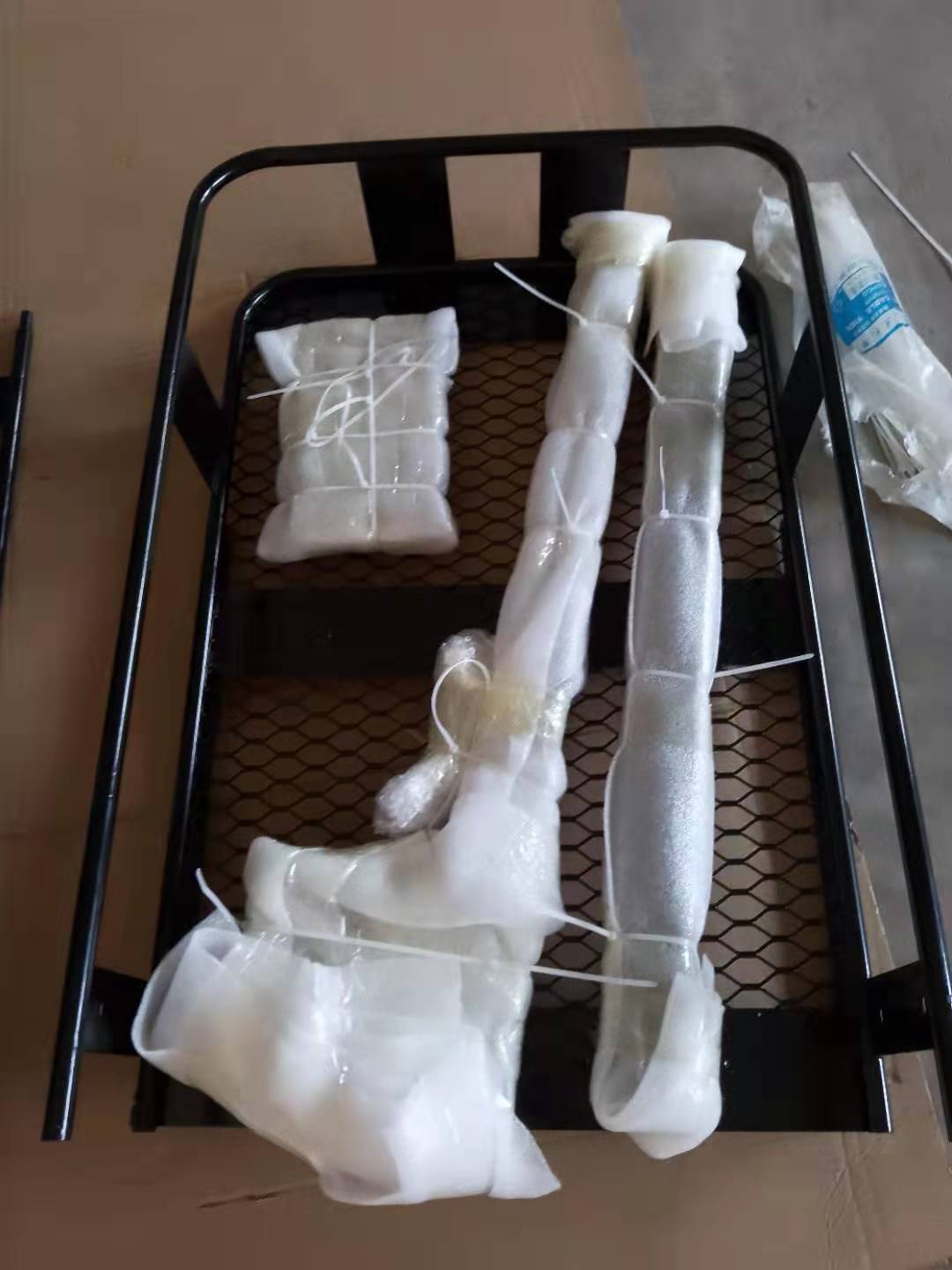Lengthen Shank Truck Mounted Hitch Cargo Carriers
1. Efficient use of space: With a customized cargo carrier, you can design the interior layout according to your specific needs. This allows you to maximize the use of space and fit in more cargo. It ensures that every inch of the carrier is utilized effectively, leading to increased efficiency in transporting goods.
2. Protection and security: Customized cargo carriers often come with added security features such as lockable doors, reinforced walls, and adjustable internal partitions. This ensures that your cargo is well-protected during transportation and minimizes the risk of theft, damage, or tampering.
3. Flexible loading and unloading: Customized cargo carriers can be designed with specialized loading and unloading mechanisms based on the type of goods you transport. This could include ramps, liftgates, or hydraulic systems that simplify the process and reduce the risk of accidents or injuries.
A customized cargo carrier is a carrier specifically designed to meet your individual needs and requirements. It can be tailored to fit your vehicle's size and specifications, as well as accommodate any particular cargo you need to transport.


Here are some features and options you may consider when designing your customized cargo carrier:
Size and Shape: Determine the dimensions and shape of the carrier based on the space available on your vehicle and the size of the items you intend to transport.
Materials: Choose the type of materials you want your carrier to be made of, such as steel, aluminum, or fiberglass. Consider factors like durability, weight, and weather resistance.
Security Features: incorporate secure locks or latches to protect your cargo from theft or unauthorized access.
Internal Organization: Include compartments, dividers, or shelving systems to effectively organize and secure your cargo.
Easy Access: Depending on your needs, consider adding features like roll-up doors, sliding panels, or hinged lids for easy loading and unloading.
Lighting: Install internal or external lighting to enhance visibility inside the carrier, particularly for nighttime loading and unloading.
Mounting Options: Consider how the carrier will be mounted on your vehicle. You can choose from roof-mounted carriers, hitch-mounted carriers, or bed-mounted carriers, depending on your vehicle type and preferences.
Personalization: Add personalized branding or custom paint jobs to give your carrier a unique and professional appearance.
To get a customized cargo carrier, you can work with a professional fabricator or vehicle customization shop. They will collaborate with you to design, build, and install a carrier that meets your exact specifications.


To use a customized cargo carrier, follow these steps:
Determine the purpose and size requirements: Identify what items you need to transport and the dimensions of the cargo carrier needed. Customized cargo carriers are designed to fit specific vehicles and cargo needs, so ensure that it meets your requirements.
Install the cargo carrier: Customized cargo carriers typically come with installation instructions. Carefully follow the instructions provided to install the carrier on your vehicle. This may involve attaching brackets, securing straps, or using a hitch receiver if applicable.
Secure your cargo: Once the carrier is properly installed, make sure to secure your cargo tightly. Use straps, bungee cords, or cargo nets to prevent any movement during transportation. Ensure that the weight is evenly distributed and properly balanced.
Check the weight capacity: Make sure you are aware of the weight capacity of your customized cargo carrier. Do not exceed the recommended limit as it may cause damage to your vehicle or compromise safety.
Test the carrier: Before hitting the road, test the carrier and cargo to ensure everything is secure. Give the carrier a gentle shake and inspect the straps or fasteners to ensure they are holding the cargo in place.
Drive cautiously: When driving with a cargo carrier, be mindful of the additional height and weight of your vehicle. Adjust your driving habits accordingly and maintain a safe speed. Take turns and bumps slowly to prevent any shifting or dislodging of the cargo.
Regularly check and maintain the carrier: Inspect the carrier before and after each use to ensure it is in good condition. Make any necessary repairs or adjustments and clean it as needed. Regular maintenance will help prolong the lifespan of your customized cargo carrier.














